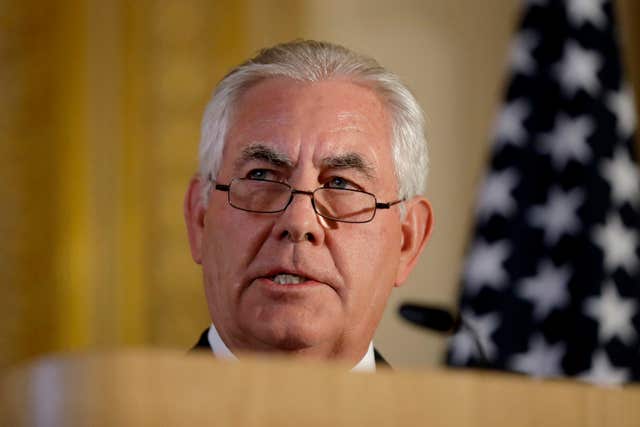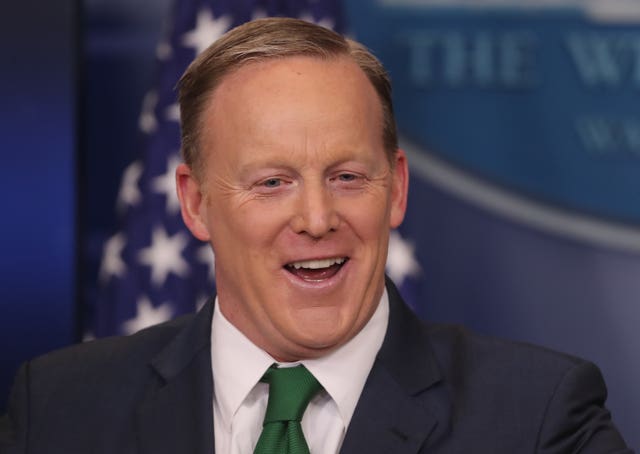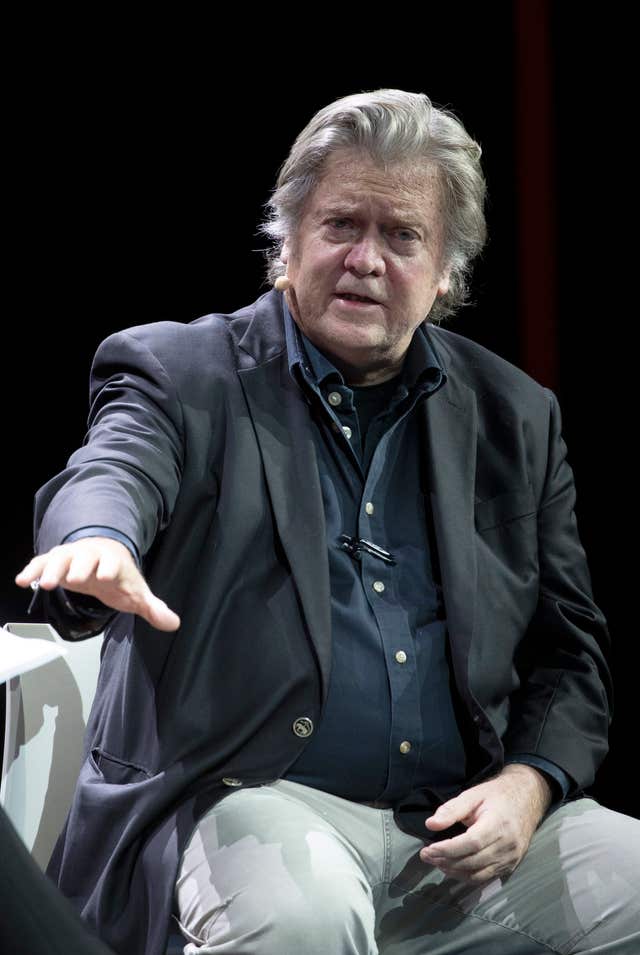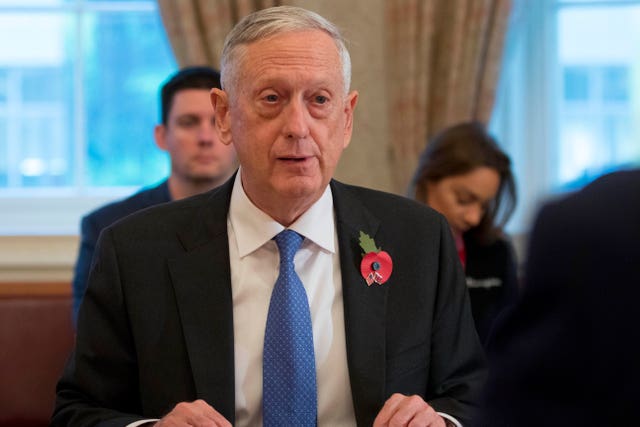High-profile departures from Trump’s White House
National security adviser John Bolton is the latest official to leave the Trump administration amid controversy.

John Bolton, Donald Trump’s national security adviser, has been fired by the US president.
He is far from the first high-ranking official to leave the Trump administration under a cloud.
Here we have a look at some of the others who have left under controversial circumstances.
– Rex Tillerson

Mr Tillerson later weighed in on his time in the administration, calling Mr Trump “undisciplined”. He said the president “doesn’t like to read, doesn’t read briefing reports, doesn’t like to get into the details of a lot of things”. He also said Mr Trump frequently asked him to do things that he had to explain were illegal or otherwise ill-advised.
Mr Trump said in response that Mr Tillerson “didn’t have the mental capacity needed for the job” and that he “couldn’t get rid of him fast enough”. He also described Mr Tillerson as “dumb as a rock”.
– Anthony Scaramucci
Anthony Scaramucci was ignominiously sacked as White House communications director in August 2017, after less than two weeks and just hours after Mr Trump’s new chief of staff John Kelly, began work.
Mr Kelly showed Mr Scaramucci the door days after he had unleashed an expletive-laced tirade against senior staff members that included vulgar broadsides at then-chief of staff Reince Priebus.
In short order, Mr Priebus was pushed aside and replaced by Mr Kelly, whose arrival led in turn to Mr Scaramucci’s departure.
Despite the turmoil, the president tweeted: “A great day at the White House!”
– Sean Spicer

He had begun his tenure by claiming Mr Trump had the “largest audience to ever witness an inauguration, period, both in person and around the globe”, and once hid in the bushes to avoid unwelcome questions from the press.
– Jeff Sessions
US attorney general Jeff Sessions resigned as the country’s chief law enforcement officer in November 2018. He announced his resignation in a letter to Donald Trump and said it came at “your request”.
The decision to leave his post came after Mr Sessions endured more than a year of blistering and personal attacks over his recusal from the investigation into ties between Russia and Mr Trump’s 2016 presidential campaign.
– James Comey

The White House made the announcement shortly after the FBI corrected a sentence in Mr Comey’s sworn testimony on Capitol Hill.
Mr Comey told politicians that Huma Abedin, a top aide to Hillary Clinton, had sent “hundreds and thousands” of emails to her husband’s laptop, including some with classified information.
The FBI said in a two-page letter to the Senate Judiciary Committee that only “a small number” of the thousands of emails found on the laptop had been forwarded there while most had simply been backed up from electronic devices.
– Steve Bannon

– Sarah Huckabee Sanders

Her credibility had come under question after special counsel Robert Mueller’s Russia report revealed that she admitted to investigators that she had made an unfounded claim about “countless” FBI agents reaching out to express support for Mr Trump’s decision to fire FBI director James Comey in May 2017.
– James Mattis

Mr Mattis, perhaps the most respected foreign policy official in Mr Trump’s administration, left after two tumultuous years struggling to soften and moderate the president’s hardline and sometimes sharply changing policies.
He told Mr Trump in a letter that he was leaving because “you have a right to have a secretary of defence whose views are better aligned with yours”.





